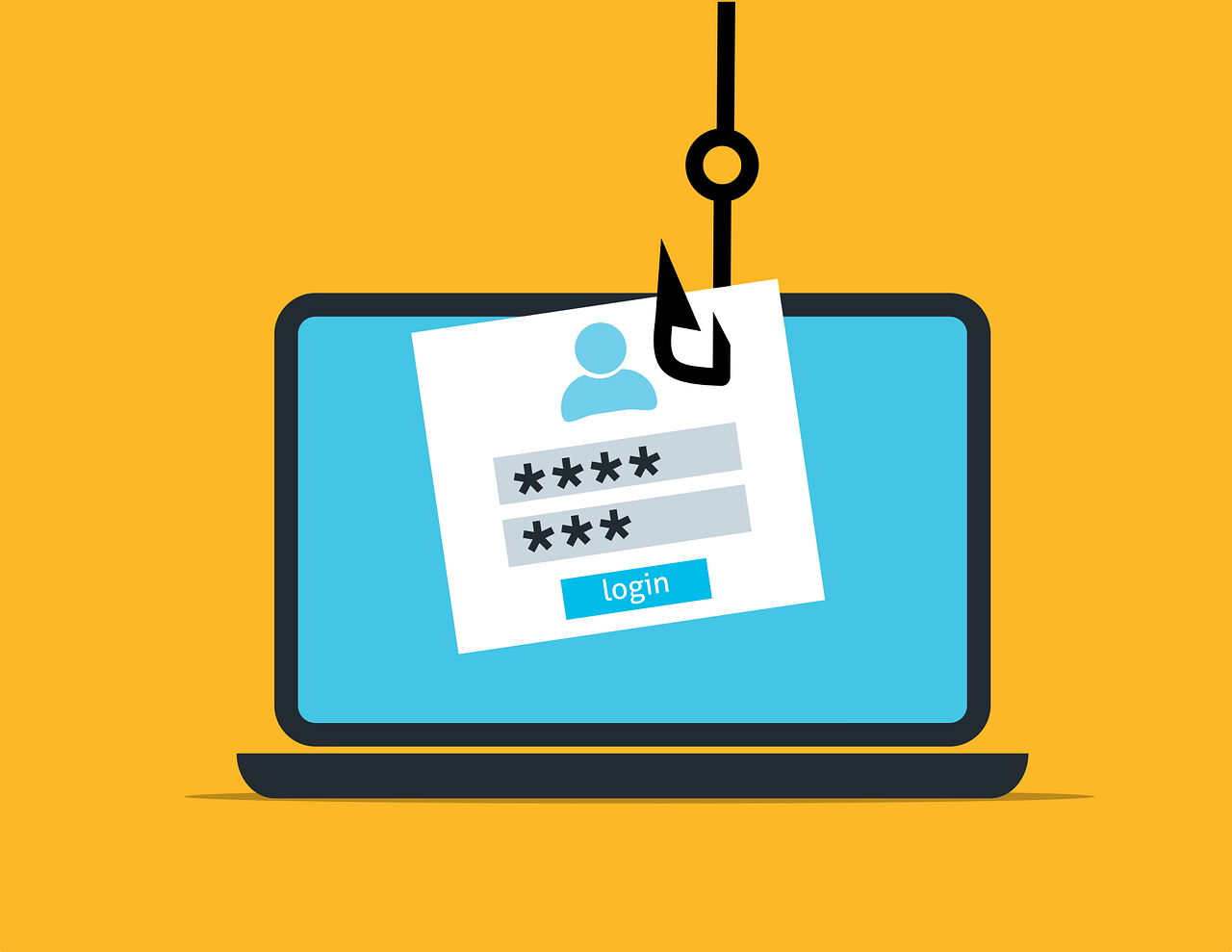Estimated reading time: 4 minutes
In today’s fast-paced digital landscape, effective content planning and management are paramount for businesses, marketers, and content creators. A content calendar serves as the cornerstone of organized and strategic content creation, distribution, and engagement. This comprehensive guide will walk you through the step-by-step process of creating a content calendar that enhances your content marketing efforts and maximizes your impact.
1. Define Your Goals and Objectives
Before diving into the content calendar creation process, it’s crucial to outline your overarching goals and objectives. Determine what you aim to achieve through your content marketing efforts. Are you looking to increase brand awareness, drive website traffic, generate leads, or establish thought leadership? These goals will shape the type of content you create and the platforms you target.
2. Understand Your Audience
Understanding your target audience is the key to crafting content that resonates with them. Research their demographics, preferences, pain points, and online behavior. This information will help you tailor your content to address their needs and interests, leading to higher engagement and conversion rates.
3. Choose Content Types and Formats
Variety is the spice of content marketing. Choose a mix of content types and formats that align with your goals and resonate with your audience. This could include blog posts, videos, infographics, podcasts, webinars, and more. Diversifying your content ensures you capture the attention of different audience segments.
4. Select Content Distribution Channels
Identify the platforms where your target audience is most active. Whether it’s social media, email newsletters, your website, or other channels, each platform has its unique requirements and best practices. Tailor your content to fit the format and expectations of each channel.
5. Determine Frequency and Timing
Consistency is key in content marketing. Decide how often you’ll publish new content and establish a realistic publishing schedule. Consider factors like the availability of resources, the time required for content creation, and the optimal timing for reaching your audience. Tools like social media insights and Google Analytics can help you identify peak engagement times.
6. Gather Content Ideas
Brainstorming and collecting content ideas is an ongoing process. Encourage your team to contribute ideas, and leverage keyword research, competitor analysis, and industry trends to generate a pool of potential topics. Categorize ideas based on themes, seasons, or campaigns.
7. Create a Calendar Structure
Your content calendar should be organized and easy to follow. Use a spreadsheet tool like Microsoft Excel or Google Sheets, or consider specialized content calendar software. Create a calendar structure that includes columns for the content type, topic, due date, author, status, and distribution channels.
8. Assign Responsibilities
Clearly assign roles and responsibilities for content creation, editing, design, and distribution. Each piece of content should have a designated owner who ensures its quality and adherence to the content calendar schedule.
9. Develop a Content Creation Workflow
Establish a streamlined content creation workflow that outlines the steps from ideation to publication. Include stages like research, drafting, editing, design, review, and final approval. This ensures that each piece of content goes through a thorough quality control process.
10. Plan Ahead for Seasonal and Campaign Content
Incorporate seasonal events, holidays, and marketing campaigns into your content calendar. Planning ahead allows you to create timely and relevant content that resonates with your audience during special occasions or promotions.
11. Be Flexible and Adaptable
While a content calendar provides structure, it’s essential to remain adaptable. Market trends, unexpected events, or shifts in audience preferences may require you to adjust your content strategy. Leave room in your calendar for last-minute additions or modifications.
12. Monitor and Analyze Performance
Regularly track and analyze the performance of your content. Monitor metrics such as engagement rates, website traffic, conversion rates, and social media interactions. Use these insights to refine your content strategy and make data-driven decisions.
13. Continuously Improve
A content calendar is a dynamic tool that evolves with your brand and audience. Regularly review and assess your content calendar’s effectiveness. Seek feedback from your team, analyze successes and challenges, and implement improvements to optimize your content strategy.
In conclusion, a well-structured content calendar is a foundational element of successful content marketing. It streamlines your efforts, improves collaboration, and enhances your ability to deliver valuable and relevant content to your audience. By following these steps and consistently refining your approach, you’ll be well on your way to creating a content calendar that drives meaningful results for your business.
For the latest tech news and reviews, follow Rohit Auddy on Twitter, Facebook, and Google News.




